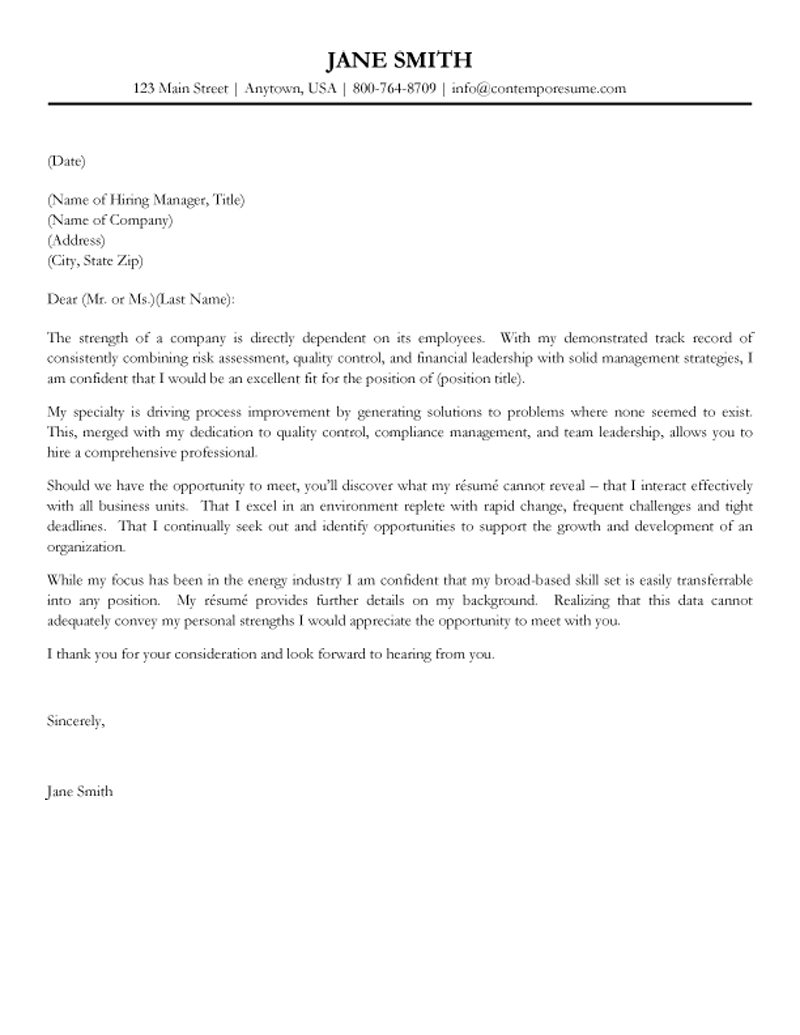Why a Cover Letter Matters
In the competitive world of job applications, a well-crafted cover letter is your first opportunity to make a strong impression. While your resume provides a summary of your skills and experience, a cover letter allows you to tell a story, highlight your enthusiasm, and demonstrate why you are the perfect fit for the role and the company. It’s a chance to showcase your personality, communication skills, and genuine interest. Ignoring the cover letter means missing a critical opportunity to stand out from the crowd. A cover letter is not merely a formality; it’s a vital tool in the job search process. A compelling cover letter provides the hiring manager with context, allowing them to understand the relevance of your skills and experience to the specific job requirements. It helps to explain any gaps in your resume, showcase transferable skills, and demonstrate your understanding of the company’s needs. A well-written cover letter sets the stage for your interview and increases your chances of getting hired. Remember, the goal is to make a lasting positive impact, and a cover letter is the perfect tool to achieve this.
Cover Letter Examples
To guide you in creating a compelling cover letter, we have compiled seven examples, each tailored to different scenarios. Analyze these examples to adapt them to your unique situation and job application. Remember, these are starting points; personalization is key. Use them as inspiration to craft cover letters that reflect your personality, experiences, and aspirations. Consider the different career stages, industries, and objectives when reviewing these examples. Each showcases how to highlight particular skills, address specific concerns, and demonstrate genuine enthusiasm for the role.
Example 1: Recent Graduate
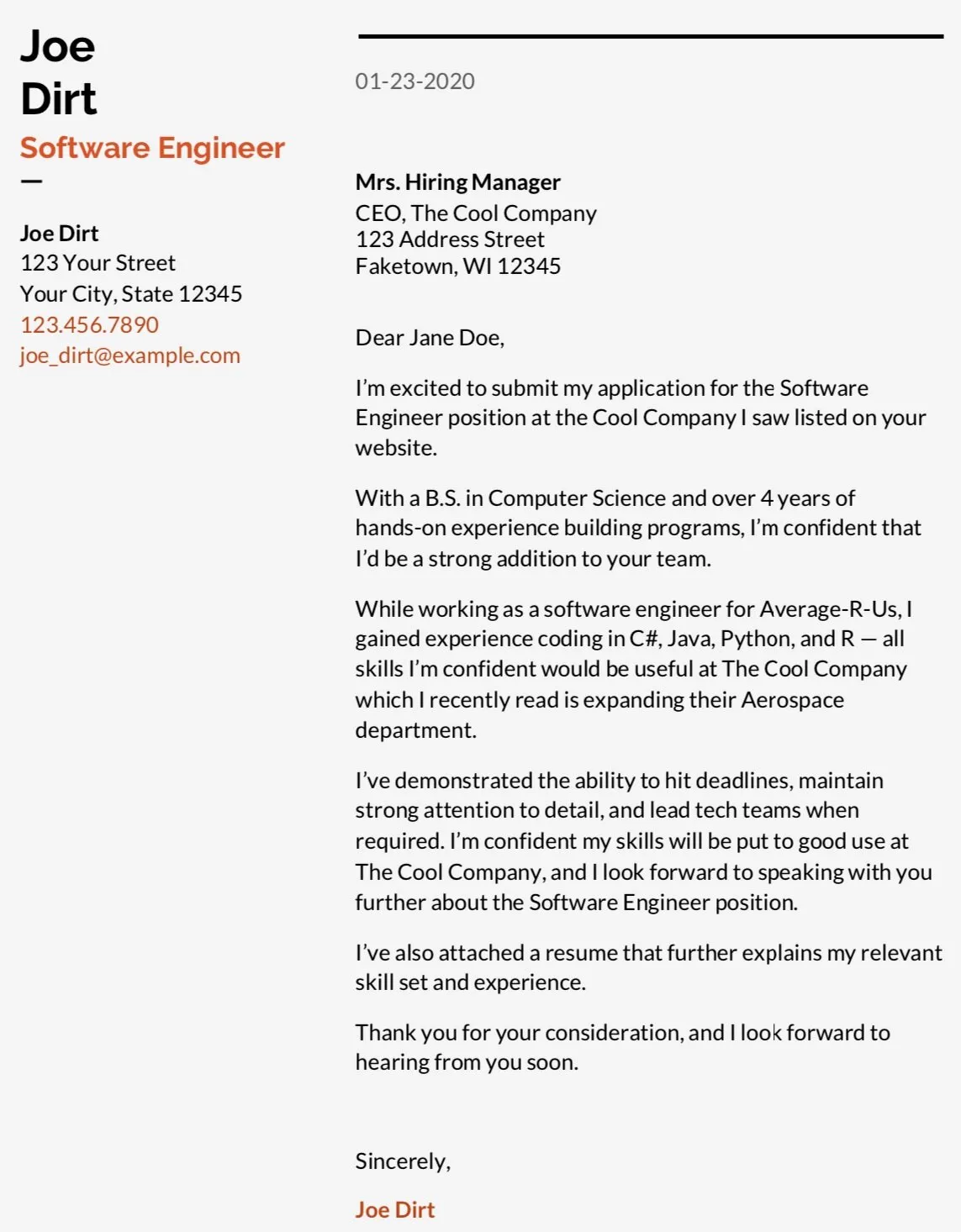
This example is designed for those with limited professional experience. It focuses on academic achievements, relevant coursework, internships, and transferable skills. It’s important to highlight any projects, extracurricular activities, or volunteer work that demonstrate your capabilities. The focus is on showing the candidate’s potential, eagerness to learn, and ability to contribute to the company. The key is to emphasize your adaptability and quick learning skills while expressing your enthusiasm for the field and the specific opportunity. Be sure to mention how your education has prepared you for the job, and use a tone that conveys both professionalism and excitement.
Key elements
Address the hiring manager directly (if possible). Clearly state the position you are applying for and where you found the job posting. Highlight relevant coursework or projects. Mention any internships or part-time work experience. Emphasize transferable skills. Express your enthusiasm for the role and the company. Close with a call to action, such as requesting an interview.
Example 2: Career Change
This example targets individuals transitioning to a new field. The cover letter should focus on transferable skills, relevant experiences, and a clear explanation of the career change. You must connect your past experiences to the new role’s requirements and illustrate your adaptability. The letter should explain your reasons for the change and express enthusiasm for the new career path. Demonstrate how your previous experiences have equipped you with the necessary skills and a strong work ethic. Highlight your willingness to learn and the value you can bring to the new field. Be honest about the career shift and explain what motivated it, but emphasize your future aspirations.
Example 3: Specific Industry
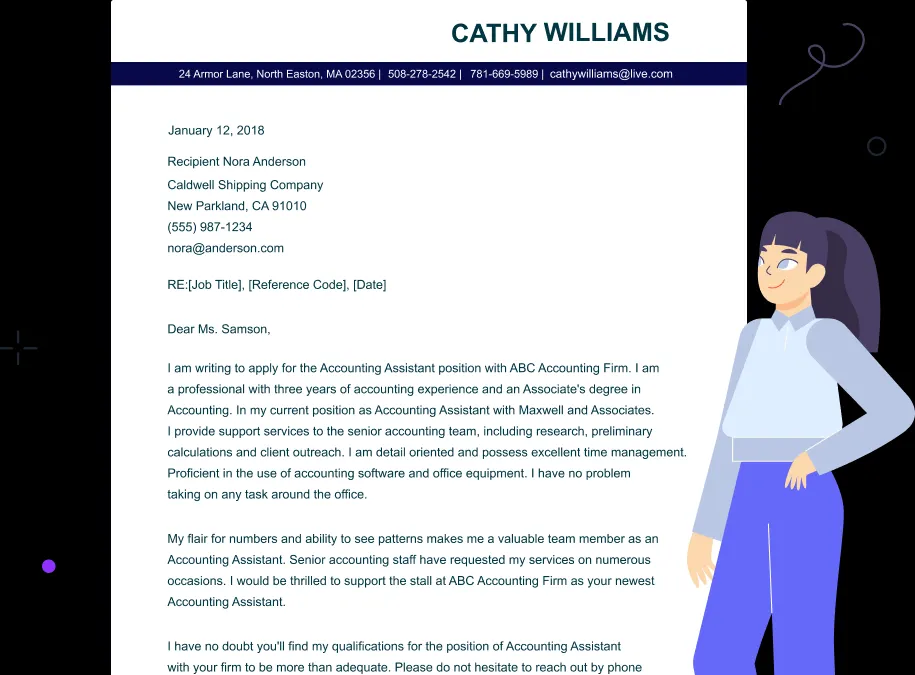
This example targets those applying to a specific industry or niche. It requires industry-specific keywords, understanding of the industry trends, and demonstrate knowledge of the company’s work. Mention your accomplishments relevant to the industry. This shows that you are not only interested in the role but also well-versed in the industry. Showcase your understanding of industry-specific terminology. Highlight your achievements and contributions within the industry. Show genuine interest in the industry and the company. Customize your cover letter to match the requirements of the specific industry.
Example 4: Addressing Skills
This cover letter example focuses on showcasing skills, especially those directly relevant to the job description. Use keywords from the job posting and provide specific examples of how you’ve used these skills in the past. Quantify your achievements whenever possible to demonstrate your impact. Clearly demonstrate how your skills align with the requirements. Emphasize specific skills, and provide concrete examples of how you have used them to achieve results. Mention the benefits you can bring to the company. Align your skills with the job description.
Example 5: Addressing the Company
This example emphasizes your understanding of the company’s values, mission, and recent projects. You must research the company thoroughly and demonstrate your genuine interest. Mention specific aspects of the company that appeal to you. Illustrate how your values align with the company’s culture. Express your interest in contributing to the company’s goals. Explain why you want to work for this company specifically. Show enthusiasm for the company’s work, and demonstrate that you share their values.
Example 6: Highlight Achievements
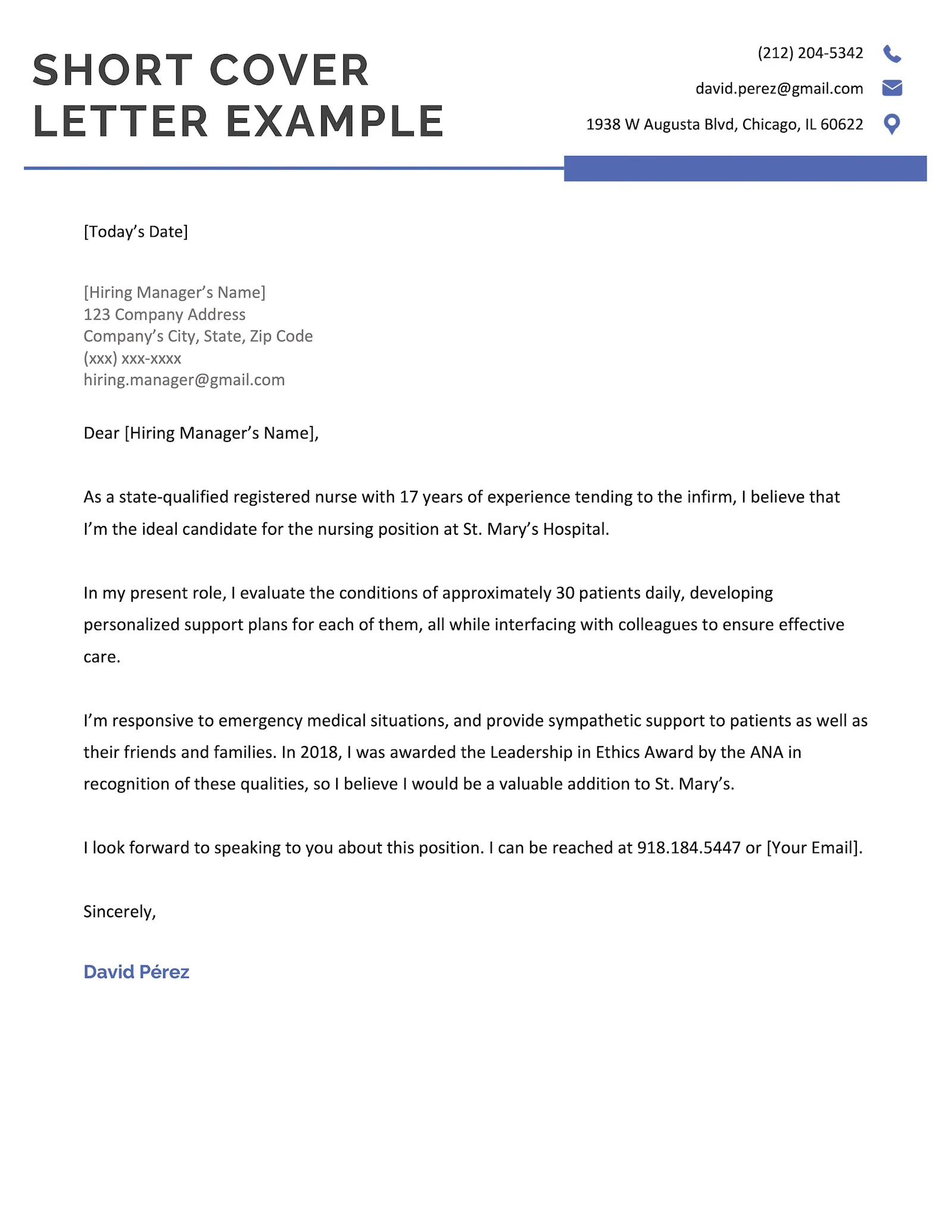
This example is designed to showcase your accomplishments. Provide specific, quantifiable results from your previous roles. Use the STAR method (Situation, Task, Action, Result) to structure your examples. Clearly state your achievements. Provide specific examples of your achievements, and quantify them whenever possible. Use the STAR method to structure your examples. Focus on the results of your actions.
Example 7: Following Up
This cover letter is designed to send a follow-up email after submitting your application or an interview. Express your continued interest in the role. If you interviewed, refer back to specific points from the conversation. Reiterate your enthusiasm and your interest in the role. Reiterate your enthusiasm for the role and your eagerness to learn more. Reiterate your qualifications and why you are a good fit for the role. Thank the hiring manager for their time and consideration, and show your continued interest.
Cover Letter Formatting Tips
Proper formatting ensures your cover letter is easy to read and makes a positive first impression. Your cover letter should use a professional font like Times New Roman, Arial, or Calibri. Use a font size of 11 or 12 points. Use a clear and concise font, keep your letter to one page. Ensure that your cover letter has a consistent style with your resume. Use a standard business letter format. Properly address the recipient. Use clear, concise language, and keep your paragraphs brief. Proofread your cover letter carefully to avoid errors.
How to tailor your cover letter to each application
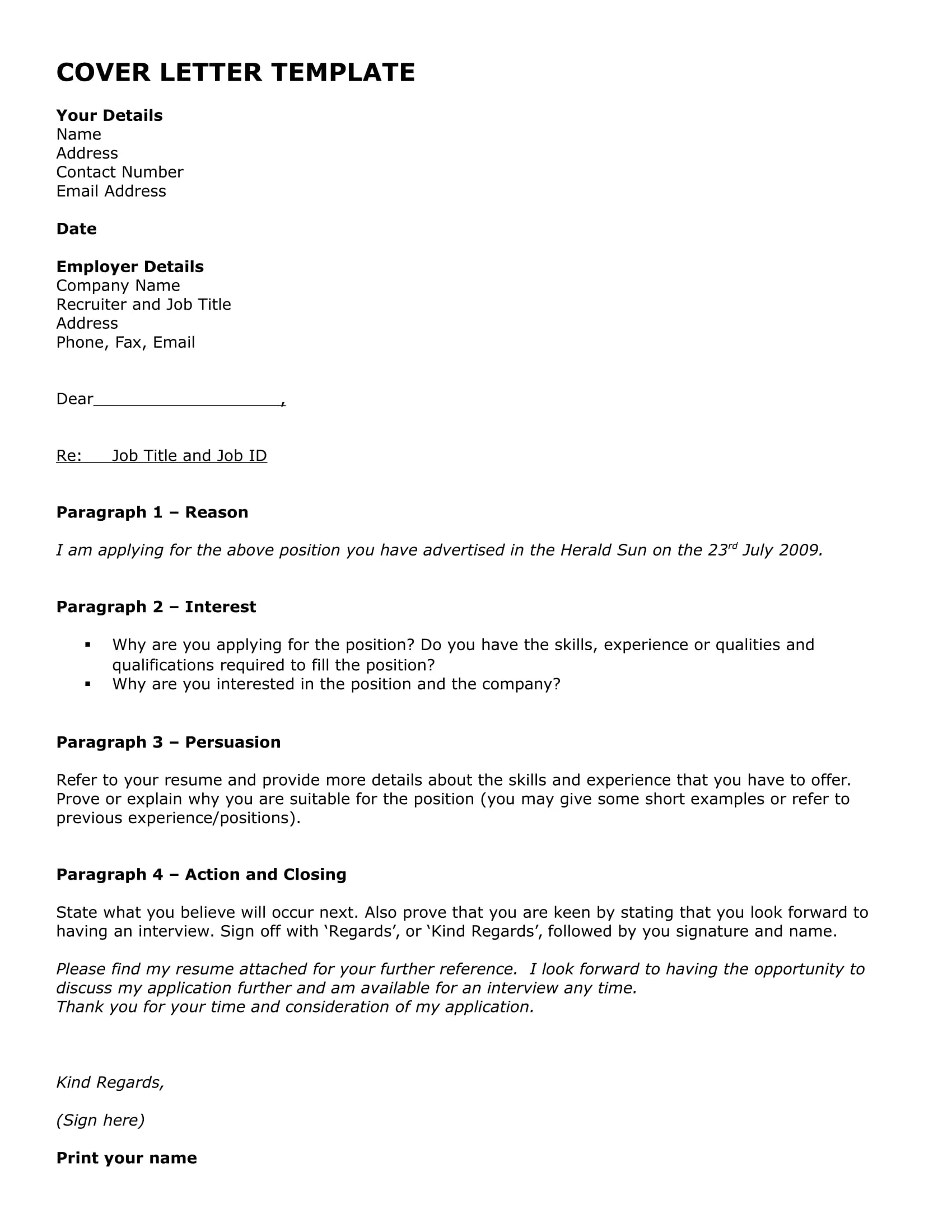
Tailoring your cover letter to each job application significantly increases your chances of success. Always customize your cover letter for each job application. Review the job description carefully and identify the key skills and qualifications. Use keywords from the job description to highlight your relevant experiences. Research the company and tailor your letter to match its values and culture. Show how your skills and experiences align with the job requirements. Personalize your cover letter to the specific company and role. Customize your cover letter by using the hiring manager’s name and demonstrate that you’ve researched the company.
